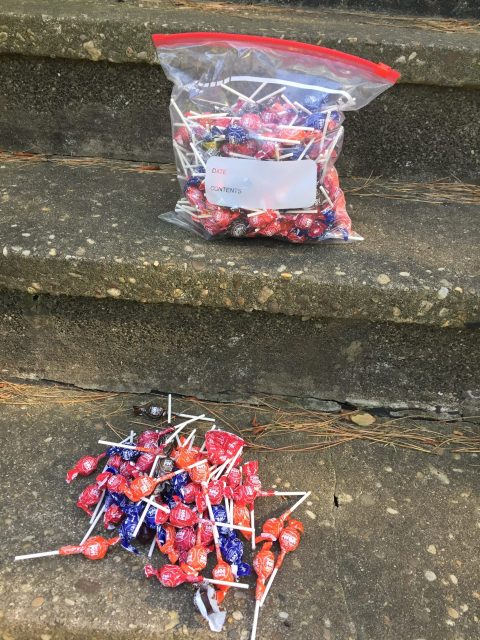I know, Agents of Decay sounds like an epic punk band or a comic book supervillain gang, but it’s actually a concise list of the different ways things deteriorate. In 1994, Charlie Costain of the Canadian Conservation Institute created the original list of nine agents and coined the phrase “agents of decay” to summarize the forces behind object damage. The next year, conservator Robert Waller added the final agent, making it an even 10. After 25 years, this list remains a linchpin of conservation theory.
You see, it is vital that a conservator first understands the problem before fixing it. We spend as much time learning about damage pathways in school as we do in addressing the problems. The agents range from everyday environmental issues to unlikely, but devastating, events. It’s important to remember, and you’ll see it as we go through the list, that often these agents work together. Conservators have two methods of combating damage. The first is preventive conservation, which focuses on manipulating the environment around the object to prevent or mitigate possible damage. The second is interventive conservation. This is a response to the damage and involves treating the object in order to stabilize it.
Although the list pertains to museum artifacts, the truth is they’re all around us. Something I couldn’t help noticing while working from home. It became a game: spot them all! And so for those who want to play along at home, I’ve gathered some examples from my family’s house (with their permission, of course) to show you how you too can spot them. So I hope that after this introduction, you will see the agents everywhere, and think about how they can be stopped.
Maybe they’re supervillains after all?! Actually, the Indiana Historical Society created a downloadable graphic novel about the agents along this very theme. You can read it here.
Let’s meet the line-up!
- Inappropriate Temperature
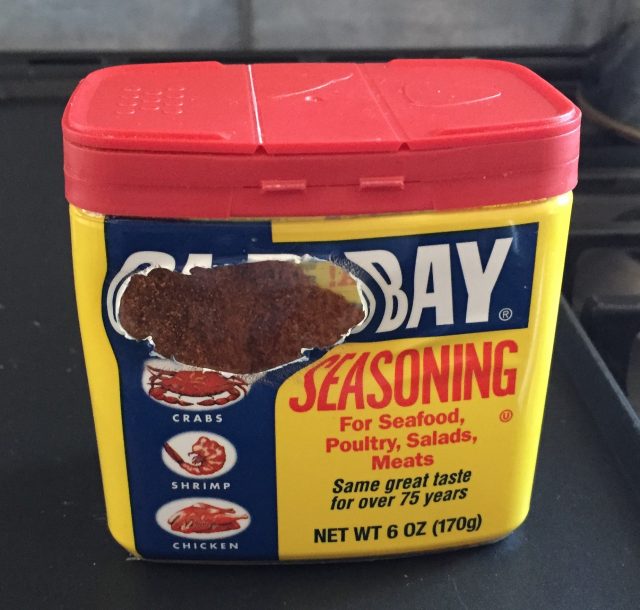
One of the most important aspects of preventive conservation is monitoring and regulating an object’s environment. Maintaining a consistent temperature in collections spaces is one of the first defenses against deterioration. Generally, the cooler the better. Some of the most sensitive materials to temperature are plastics, film, and negatives. Warmer temperatures can accelerate chemical reactions and cause physical distortion. Higher temperatures can also impact conservation materials. If a glue holding a pot together softens in the heat the vessel can collapse or “slump”. Often temperature alone is not the culprit. It works in tandem with relative humidity to cause the most damage.
2. Inappropriate Relative Humidity
Relative humidity (or RH) is the percent of water vapor in a known volume of air (i.e. a room) compared to the amount of water vapor that volume could hold. This is important because RH is inversely related to temperature. As the temperature in a room rises the air can hold more water therefore the RH drops. The reverse is also true, lower temperatures mean a corresponding increase in RH. It is vital that museums maintain correct temperature and relative humidity. It is especially important that fluctuations are reduced and any changes occur slowly over time.
Water, even as a vapor, is a driving factor in a number of chemical reactions, including metallic corrosion. RH can also cause physical changes. Organics are particularly susceptible because they naturally contain water (measured as moisture content). We try to maintain the moisture content at its most ideal level, however as the seasons change it is natural for this to fluctuate. It is vital that this water loss and gain is not rapid enough to cause distortion. While all objects have an optimum RH, collections spaces should never exceed 70-75%. Mold and mildew are capable of thriving and infesting collections about this level.
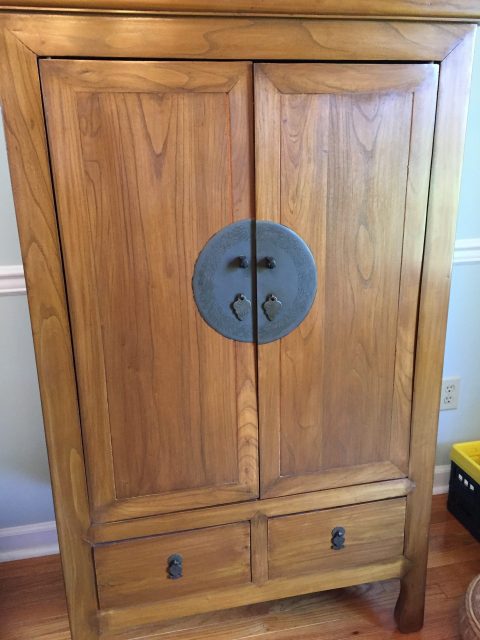
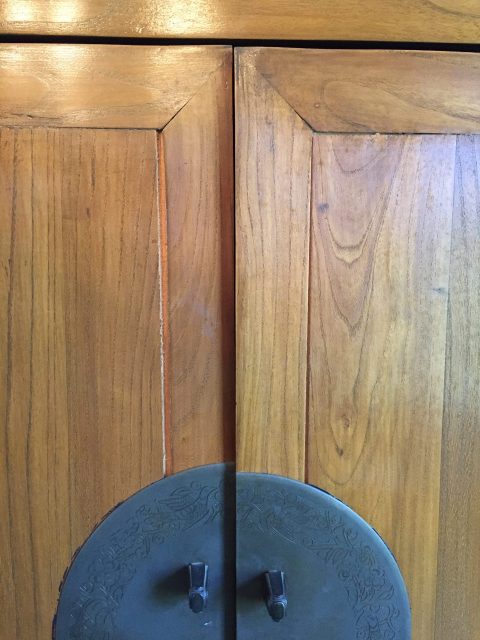
This cabinet was built in South East Asia and then lived in Pittsburgh, PA for 15 years. Unfortunately, the cracks in the panels are a result of the tropical wood’s moisture content decreasing in the dryer climate. There is little to be done in a normal house, where the environment is tailored to human comfort, but it is possible to maintain galleries or display cases at set relative humidity and temperature for desiccated objects from Egypt or more saturated ones from Indonesia. Often, objects can adjust overtime to their new conditions however, it is important that delicate or antique wooden furniture isn’t placed near heating vents or radiators where they are more likely to dry out and distort.
3. Light
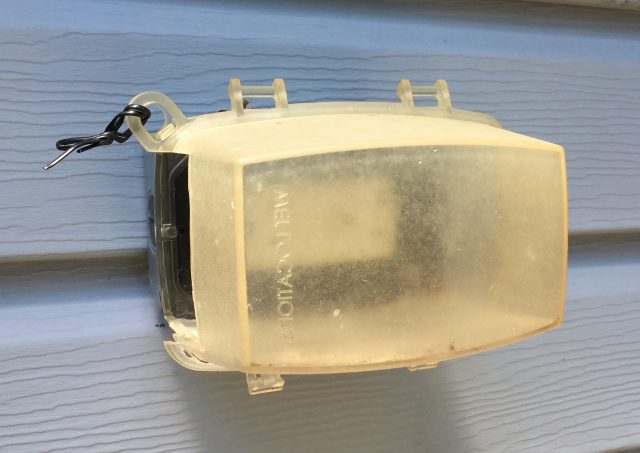
Light is another preventive conservation issue. Ultraviolet (UV) light in particular is the culprit. Its radiation is not only dangerous to us but also to other organics. It causes fading in photographs and fabrics, bleaching of wood, and a variety of damage to plastics. At the museum we use UV filters on windows (or avoid them altogether), maintain low light levels, and store sensitive things in the dark when not on display. At home you can combat UV radiation by making sure that light-sensitive photos or fabrics are not in direct sun. Hang them on a different wall or close the blinds when not enjoying the sunshine.
4. Pests
Unwanted house guests are a pain for the humans living in a house, but can be deadly for objects. Insects can burrow into wooden furniture or infest textile collections. Rodents can nest in historic buildings or industrial collections, chewing wires and leaving organic stains. Museum professionals devote considerable time to monitoring spaces and preventing infestations. This holistic approach is called Integrated Pest Management (IMP) and looks at not just the mouse but why the mouse is moving in and how to prevent it.
I was thinking of IPM the other week as I picked through an open bag of lollipops in order to salvage what I could from the punch drunk ants who thought they’d found the promised land. As I rifled through, soon realizing it was a lost cause for me and a victory for the ants, I thought about what I’d do if this was an object that we couldn’t just throw out. Pest eradication is tailored to the type of pest and the degree of infestation. Traps, temperature (freezing or heating) or anoxic treatments can all be used to deal with an infestation. Chemical fumigation is no longer our first choice due to the health and safety risks associated with it.
5. Physical Forces
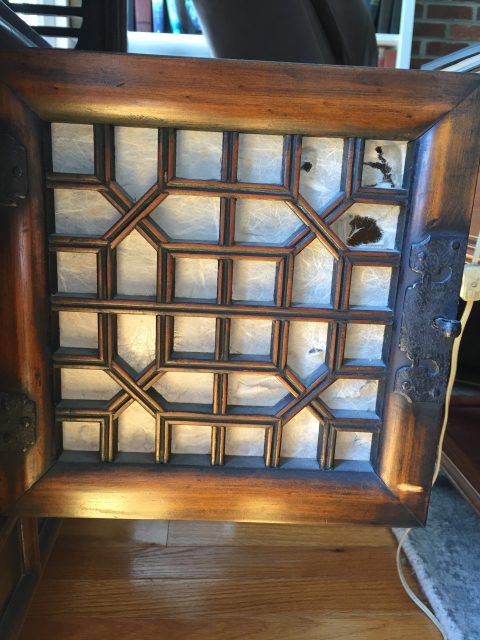
Accidents happen. I’m sure everyone has a story involving a broken item. It’s no less true in a museum, we just go to extremes to mitigate the risk. Object handling training for all personal who work with objects, limited moving and handling, and fixing objects to mounts in display cases all reduce the likelihood that something will break. If it does, we carefully sweep up all the pieces, including the dust, and bag it. Interventive conservation involves treating an object to stabilize or repair it. The cracks will always be there, but we can mend a vase so that the focus is not on the damage. At home, consider where you’re displaying grandma’s vase; is it on a wobbly table that the dog might run into? Could small hands possibly pick it up for investigation?
6. Contaminants and Pollutants
Often objects change without our noticing just by interacting with the air. Oxygen is an essential part of life, but it also drives chemical reactions in plastics, metals, and paintings. Air-borne pollutants also wreak havoc. Acid rain will dissolve a stone statue displayed outside. Inside the collection objects can interact with each other. Wool off gases sulfur which tarnishes silver. To counteract chemical changes, we use pollutant scavengers and separate incompatible materials in storage. We also occasionally treat things to neutralize the problem, but often the damage cannot be reversed. We can only try to prevent more.
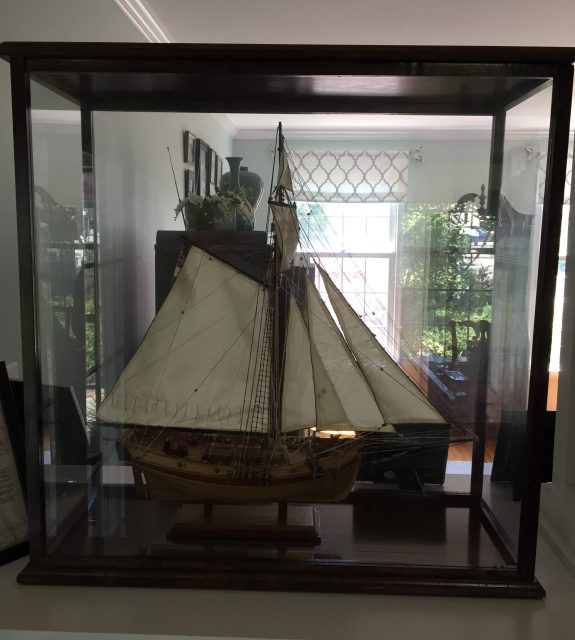
Particulates also fall into this category. Any foreign matter deposited on the surface of an object counts; dust, dirt, residues, fingerprints, strawberry jam. The first step is to, you guessed it, prevent the damage. We employ high quality HVAC filters, maintain gallery and storage spaces, and forbid food and drink near objects. If something does need to be cleaned, we tailor the treatment to the type of deposit and the object’s materials. We want something that will remove the contaminant without interacting with the substrate (the object’s surface). This ranges from vacuuming dust to chemical poultices to dissolve stains. We document everything fully before cleaning because it is an irreversible process. We can’t return the object to the state it was before (unlike taking a mended pot apart again). Usually this isn’t an issue, we just need to be honest about the fact that we are changing the object.
7. Water
When it rains, it pours, and sometimes floods. Flooding, burst pipes, even a spilt glass of water can cause damage to wood, paper, and other organics. Even when the water subsides, there is also mold and mildew to combat and staining from contaminants in the water. A quick response is necessary to ensure that the damage is contained and mitigated. Often paper-based collections are frozen in their soggy state until they can be treated. This prevents ink from bleeding and paper from disintegrating. It also retards mold growth. Outdoor displays can also be impacted by water; wooden structures may rot after years of rain and porous stone can shatter if trapped water freezes and expands.
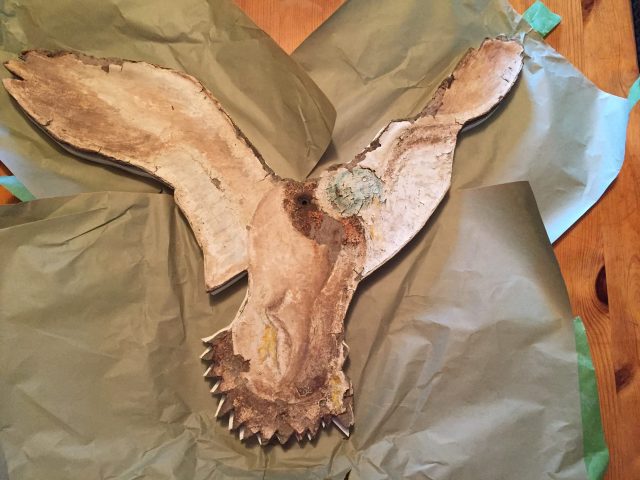
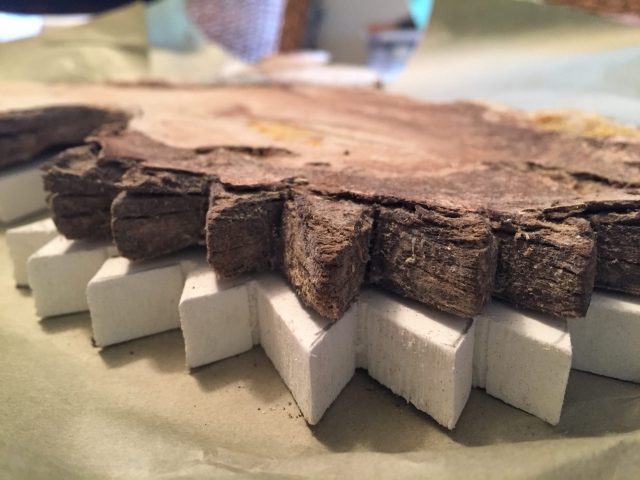
A good tip for homeowners is to never store things on the basement floor. Always leave a foot or more of space and if it’s valuable and can be damaged by water, don’t store it in the basement (remember, relative humidity and temperature can also cause damage).
8. Fire
This is a highly unlikely but devastating risks. I do not have to tell people how destructive a disaster like fire can be. For those who have not experienced it first hand, I ask you to remember the horror of watching Notre Dame’s spire collapse in 2019. Museums devote time and resources to prevent disasters like fire and to plan for disaster response. Fire can damage all types of materials and smoke and water from sprinkler systems or fire hoses can cause long-term issues for objects that aren’t damaged or lost by flame.
This is the only agent of which I (thankfully) don’t have a photo.
9. Theft, Vandalism, and Dislocation
This is also thankfully rare. It often causes a sensation in the news, but most museums do not deal with this on a daily basis. The best thing we can do is try to prevent this damage. Vandalism can usually be fixed, but theft and dislocation (non-malicious misplacement) are often irreparable. It is rare that the object is found again. How conservators address vandalism is a fascinating discussion. Do we return it to “good as new”? Do we leave the damage as part of its history? Often it’s a case by case decision based on factors like the original purpose of the object, the context of the vandalism, and if it can be removed safely.
Take this book for example. The young vandal possibly thought (blasphemously) to improve on Richard Scarry’s illustrations. In addition to deciding on how to remove crayon from paper, the conservator must also discuss if it should be removed with curators and other experts. It is a children’s book, written on by the owner’s sister (age 3). These scribbles are part of the book’s life and a reminder that it was well loved. While it is possible to safely remove the drawing, the crayon also does not pose a threat to the stability of the object, nor does it obscure the illustrations. In this particular case, it is likely that the conservator would leave the vandalism in place as part of the object’s history.
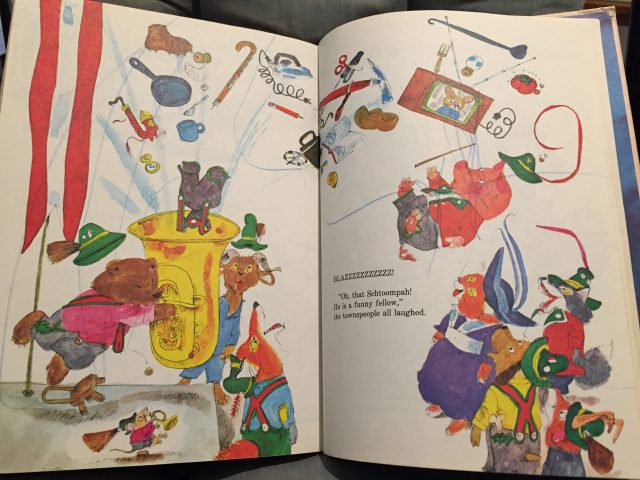
10. Disassociation / Neglect
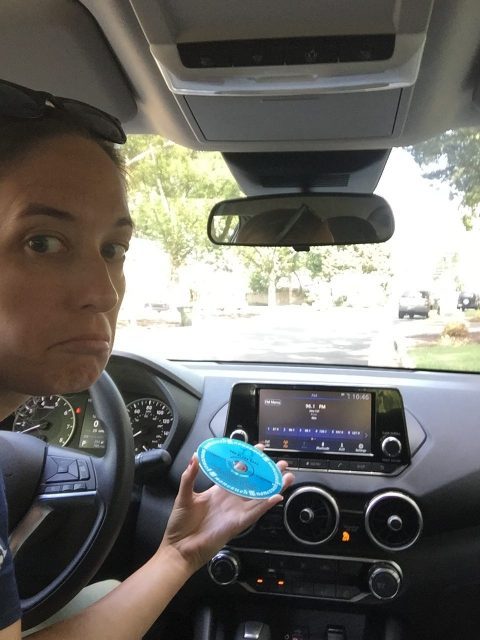
Ironically, dissociation was left off the original agents list. This agent’s superpower is invisibility. It happens so gradually that people don’t notice; an artifact is returned to the wrong drawer, a label falls off, or a form is misplaced. Because museums have such large collections which span decades and multiple staff changes, this one is inevitable. I believe this is the most dangerous agent because 1. it can happen any time and 2. it means loss of information. One of the highest values of an object is what we can learn from it. Once the information is lost it is very difficult to regain. In order to fight disassociation we perform regular collection inventories. We double or triple label objects and fill out location cards to ensure things aren’t mixed up. We also keep a set of physical, paper records as well as a digital record, which must be converted as technology changes or we risk losing that information too.
Neglect is also an issue. Museum’s often have to prioritize resources, space, and staff time. If a collection is not checked on, and problems addressed, the other agents will cause damage. This could be not controlling the environment, missing the signs of a pest infestation, or not updating the disaster plan until it’s too late. Organization, teamwork, and support from leadership go far in ensuring that collections are not overlooked.
Your Mission
Now you know what they look like, see how many Agents of Decay you can identify around you. Don’t forget that they often interact with each other! And rest easy knowing the League of Conservators will never stop fighting them! (Too much?)
